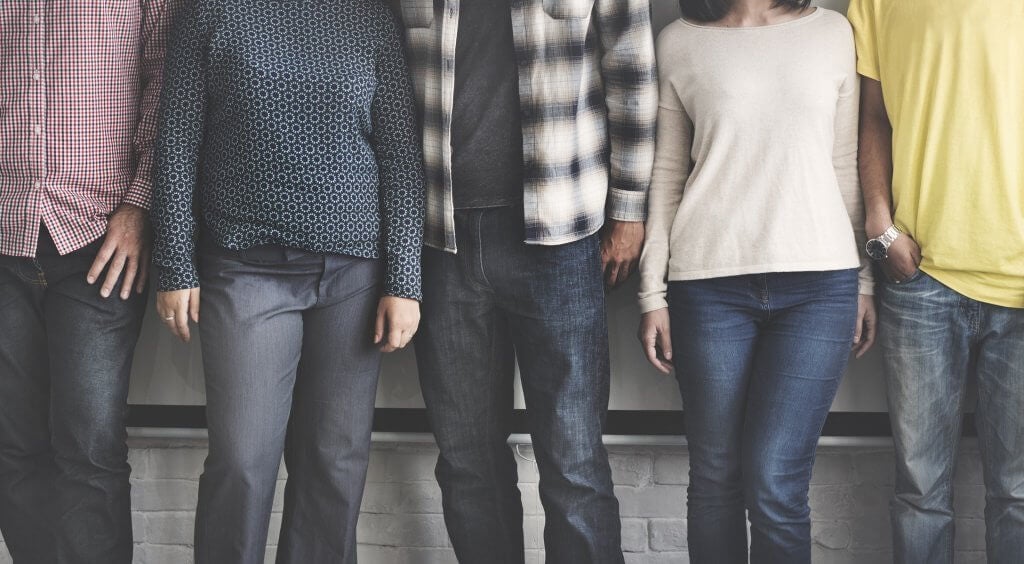Before addressing the differences between stereotypes and prejudices, we will start by defining each of them, stereotypes are the beliefs we have about the characteristics of a group and prejudices refer to the negative assessment of the group, the first has more to do with our cognitive part, the second with the emotional part. Stereotypes arise from a general knowledge of the group, prejudices arise when we attribute these general characteristics to each member of this group and make inferences that facilitate acceptance or rejection.
Stereotypes mentally reduce our energy expenditure by forming groups and attributing similar characteristics to them for belonging to them. It implies an energy saving that does not necessarily have to be negative, provided that it is known that it is general and refers to certain characteristics, and that in no way represent a total or fully adjusted reality.
- It is only large groups that we generate and attribute certain characteristics to.
- The problem arises when you think that the stereotype is always done or that it occurs in most cases.
Prejudice, on the other hand, tells us about the emotional part or the negative attitude. As we said, stereotypes are normal and social, prejudice implies a negative connotation.
The last part we need to close the circle is that behind the stereotype, which refers to the cognitive part and its corresponding bias, appealing to the emotional part, we have discrimination, discrimination refers to behaviors and measures taken to express both stereotypes and prejudices, that is, what each person does.
Social psychology has studied stereotypes, their appearance and the differences that can be found between them, prejudice and discrimination. The functions found in this cognitive activity are:
If we understand that stereotypes are emerging as a cognitive economy, that is, to facilitate the work of grouping and social understanding, we can benefit from that, what happens when stereotypes limit us ?, because it turns out that they prevent us from discovering that these categories are not always fulfilled, and that if we stop looking more closely at the groups, we will find different nuances.
Limiting stereotypes and prejudices is possible if, instead of evaluating, it is observed.
Stereotypes are not there to limit us; on the contrary, they should be limited, treated cautiously, they help us organize ourselves, but they are not an error-free model, stereotypes, as we have seen, are also the basis of prejudice, so if we can limit stereotypes, we will help that prejudice is not something that determines us.
Changing a stereotype or prejudice is only possible if we approach the group and observe without applying filters or trying to confirm previous ideas, but the goal is to try to deny them, dedicate our efforts to focusing on ideas and situations that break with the previous ones. Ideas.

